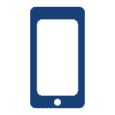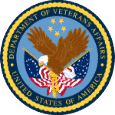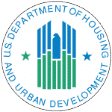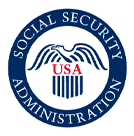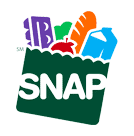Do You Qualify for a Free Phone and Free Phone Service?
Do you qualify for a free cell phone and service? You might. In fact, there’s a free government benefit program that offers FREE cell phone service to eligible Americans. It’s called the Lifeline Program. There are rules for qualifying and another set of rules for maintaining the benefits of the program. Assist Wireless is an eligible provider of Lifeline service and provides both a free phone and the free Lifeline service to those who qualify.
Who Qualifies for the Program?
To know if you qualify for a free Lifeline phone and Lifeline service, you must meet some specific requirements. Individuals or families who qualify have low-income that meets the guidelines of the Lifeline Program or are receiving some form of Lifeline-approved government assistance.
Exact income cutoff levels are different in each state but, for the most part, if your household income is below 135 percent of the federal or state poverty level, you may qualify with a Lifeline provider like Assist Wireless. See income eligibility here.
If you are interested in applying for the program in hopes of getting free cell phone service, be sure you meet the minimum requirements first. You’ll need documentation of income levels or government assistance before you can apply to see if you are eligible for Lifeline services.
The basic qualification to qualify by program participation is that you or a member of your household receive government assistance such as:
- SNAP/Food Stamps
- Medicaid
- Federal Public Housing Assistance (FPHA)
- Supplemental Security Income (SSI)
- Veterans Pension and Survivors Benefit
If you don’t meet any of the above qualifications, you may still be eligible for the program if your income is below 135 percent of the federal poverty level.
You may also qualify if you live on Tribal lands recognized by the federal government and receive benefits such as:
- Tribal Head Start – Available to those who have met the income-qualifying standard
- Tribal TANF – Tribally-Administered Temporary Assistance to Needy Families
- Bureau of Indian Affairs General Assistance
- Food Distribution Program on Indian Reservations
How Does the Program Work?
If you meet the eligibility requirements, you’ll be entitled to a monthly discount on phone or broadband Internet service, or in many cases, a free phone and free service depending on what phone and service package you choose. In any case, eligible participants will at least receive a discount. You only get one line per household and can’t get multiple discounts or multiple free phones but you do get a choice of one wireless or one landline phone number.
How Do You Apply?
You need to first visit https://www.checklifeline.org/lifeline, which in the application system is called “National Verifier.” It’s a centralized, government-run website that helps establish the qualifications of applicants and verifies if they are to receive free or discounted services. Not every state is set up to allow usage of the verifier system so you might have to contact your provider for more information about how to prove your eligibility and apply for the program.
What Basic Rules Should You Know for Staying in the Program?
Every free type of program has rules for those who participate. That means if you qualify for a Lifeline phone and get free cell phone service, you’ll need to abide by guidelines in order to stay in the system and maintain your eligibility. Note that the rules aren’t especially strict, but they are in place to make sure that only eligible participants get free cell phone service and free phones. Namely, you’ll need to:
- Use your Lifeline service at least once per month
- Get just one free phone line per household
- Prove that you are eligible for the program
- Fill out the application forms correctly, honestly, and completely
- Recertify each year to stay in the program
- Inform the Lifeline provider if any of your essential information changes, particularly eligibility criteria
Keep in mind that it’s relatively simple to get free cell phone service with this government program as long as you qualify. The main thing to remember is that you will have to follow the rules in order to remain in the program. Just be sure if you apply for Lifeline that you complete the original application with correct information, apply for only one phone line for your household, use the phones often enough to keep service live, notify the provider when moving or if your income changes, reapply each year and respond to questions from the provider about any changes regarding eligibility.


